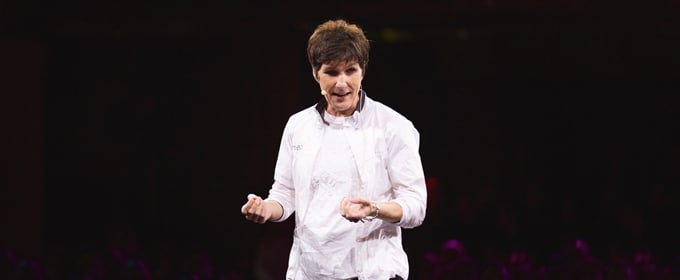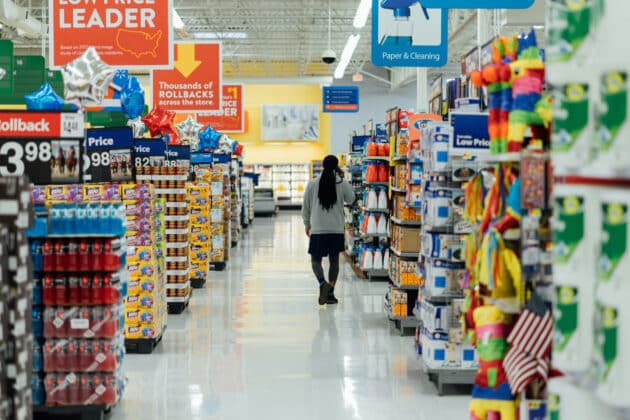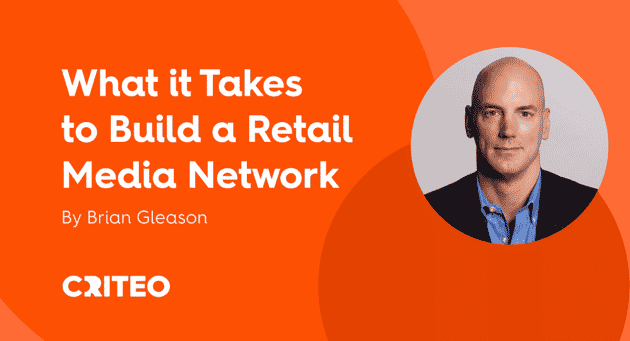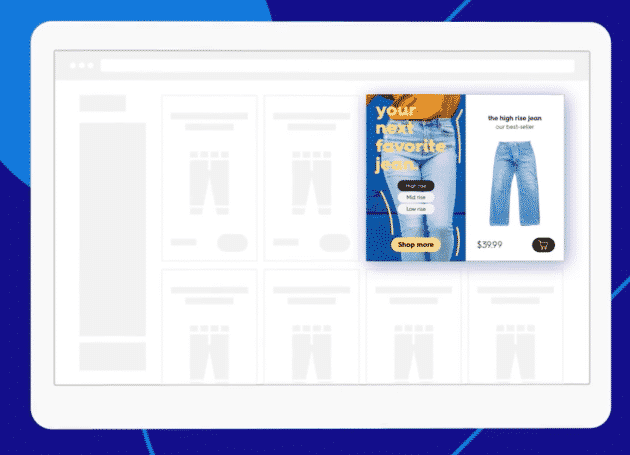The novel coronavirus, COVID-19, has turned our world upside down. It’s affected all facets of life, from health and employment to lifestyle and the arts. Many people in infected countries have been, and will continue to be, sheltering and working in their homes — and many physical storefronts have temporarily shuttered their doors.
When the pandemic first hit, Criteo, like most businesses, saw the need to prioritize our employees’ health and safety above all else. Once our team’s safety was ensured, we promptly executed our Business Continuity Plan — securing data centers and client support while maintaining internal processes so that our operations would remain on a solid footing. We understand that advertisers face unique challenges during this time, and we want to help them keep their employees and their brands safe while maintaining revenue and share of mind.
COVID-19 is a major shock to our global systems and has caused all advertisers, large and small, to take a step back to re-evaluate their strategies and quickly pivot their plans to adapt to consumers’ new normal of social distancing. While some aspects of their strategies may change, marketers need to continue being customer-centric, while focusing on consumers’ specific coronavirus-related concerns.
The question that advertisers need to ask themselves is: “What can my company and my brand do to add value to customers’ lives during this time?” This isn’t a new question for advertisers, but it does need to be asked through a new lens surrounding this pandemic. This exercise may be more straightforward for brands that produce essential quarantine supplies, but is also valuable for those who offer safe and shippable gifts for consumers to send to family and friends to help them stay connected, or those who provide education on how to maximize financial planning, and inspire positivity during this challenging time.
The question of value is different for every advertiser. Like in any situation, there is no one-size-fits-all approach; however, keeping customers at the core of their strategy will help advertisers identify their unique value and lean into it with their messaging and communications. How can advertisers maintain customer-centricity during COVID-19, all while staying as compassionate to their clients as possible?
Lean in to high-performing marketing channels
Right now, every marketing dollar counts more than ever. That’s why it’s crucial to focus on channels that drive the most performance and leverage applicable data to support success on those channels. This includes efforts across both the open internet as well as search and social walled gardens to ensure advertisers reach their entire audience. Advertisers are focusing on audience targeting on digital media across devices to reach the right audiences with the right message while they are at home.
Even omnichannel advertisers can transition their in-store customers to online retailers and e-commerce sites. This creates a surge of web traffic to both retailer sites as well as independent publishers to help consumers get the supplies and products they need while following social distancing guidelines. This also spurs a call to online retailers to open native ad inventory on their sites to position brands where they’re most likely to be seen, and for brands to include these retail sites in their current marketing mix.
Adapt messaging to speak to consumers’ immediate needs
Given that the status around COVID-19 is constantly changing, most consumers are taking things day by day. Advertisers can follow their lead by focusing on the here and now. For brand advertisers, this may mean maintaining upper-funnel campaigns, so they don’t lose share of mind. While direct response advertisers can highlight products that are most essential for daily life such as groceries or entertainment. Some brands may even choose to pause their advertising efforts, but they risk minimizing their voice in the market, as well as losing potential sales during this pivotal time.
No matter which strategies advertisers adopt, it’s still vital to demonstrate thought leadership and provide care to customers by focusing on what matters to them. Reaching the right people with the right message at the right time has never been more critical. Advertisers have the ability to deliver their value-driven messages at scale during key moments with updates around delivery options, product availability, high-demand items that were re-stocked, and more.
Create positive brand perception wherever possible
With a global pandemic, there is a lot that is uncontrollable; however, brands can control how they respond to what happens. For instance, shipping times and services may be delayed and interrupted in an effort to keep delivery workers safe. Advertisers and retailers can adapt to these changes by staying up to date on safety best practices and being transparent about what they can commit to, as well as any potential shipping setbacks.
Keep in mind, this pandemic has forced people who typically don’t shop online to do so out of necessity. These consumers may not know what to expect from online shopping, so level-setting expectations can be a positive step to establish trust. Consumers will remember how brands treat them during this time, which is crucial in fostering loyalty once social distancing ends.
There’s a spotlight on how brands are responding to this pandemic, so advertisers who can help contribute to the larger cause will draw favor with consumers who care deeply about brand values. For instance, the travel vertical has experienced major losses during this pandemic due to restrictions across airlines, hotels, and cruise lines. However, travel marketers can analyze and prepare for various scenarios. For instance, a recent Deloitte Study analyzing travel trends in Spain predicts that domestic travel and tourism will open up for summer while international may take a bit more time.
In the meantime, travel brands are doing what they can to help. This includes hotels such as the Four Seasons in New York City providing free lodging to health care workers and first responders. And to ensure position brand perception, advertisers across all categories should take brand safety precautions to ensure their name isn’t shown near damaging Coronavirus-related content.
Drive efficiency through automation or managed service teams
The reality of this challenging time is that some advertisers may not have the infrastructure to operate with a remote workforce or to maintain their value in a social distancing economy. This may force them to operate with smaller teams. That’s why optimizing wherever possible can help maximize output without straining internal resources.
This can include tactics to automatically manage and improve advertising campaigns, such as leveraging tools like automated bidding to maintain cost of sale. Automation allows advertisers to continually drive campaign performance while providing them with time to focus on other priorities. Advertisers can also lean into their partners’ managed service teams to help maintain business continuity and provide expertise on how to optimize their strategies.
The truth is that it’s an uncertain time for everyone. Our world is facing very real changes and they’re impacting all of us. The best that we can do is to stay connected in ongoing dialogues, prepare for various scenarios, and be nimble enough to adjust quickly. What helps prepare for those scenarios is analyzing data to determine the impact of COVID-19 on the industry.
At Criteo, we have a unique view into how the pandemic is shaping consumer behavior through the lens of our Shopper Graph. This graph represents a network of 20,000 retailers who work with us and includes transactions across all devices for more than two billion users. This lets us access real-time insights on shopping trends from around the world, as well as hundreds of products and categories across verticals.
With the help of this massive shopper dataset and our dedicated Criteo teams, we’ll continue to monitor the changing retail trends across the globe and provide our clients with ongoing insights in the form of weekly blog posts, our Consumer Insights Dashboard, and a COVID-19 Resource Center within our client platform.
It’s our hope that these materials help our clients navigate the landscape successfully in the wake of coronavirus-related changes. We’ve also brought our customers together for virtual crisis discussion roundtables over the last few weeks and will continue to do so to help clients share learnings and best practices.
While this pandemic is a passing moment in time, brands will be remembered by how they supported their customers in their time of need. And although my team and I may be working remotely for the foreseeable future, we’re fully prepared to continue to help marketers send the right message to customers at the right time. Whether that message shows the exact product needed while social distancing or shares a positive message from a trusted brand, it’s our mission to help marketers provide as much value to their customers as possible. And we’re proud to do it.




















